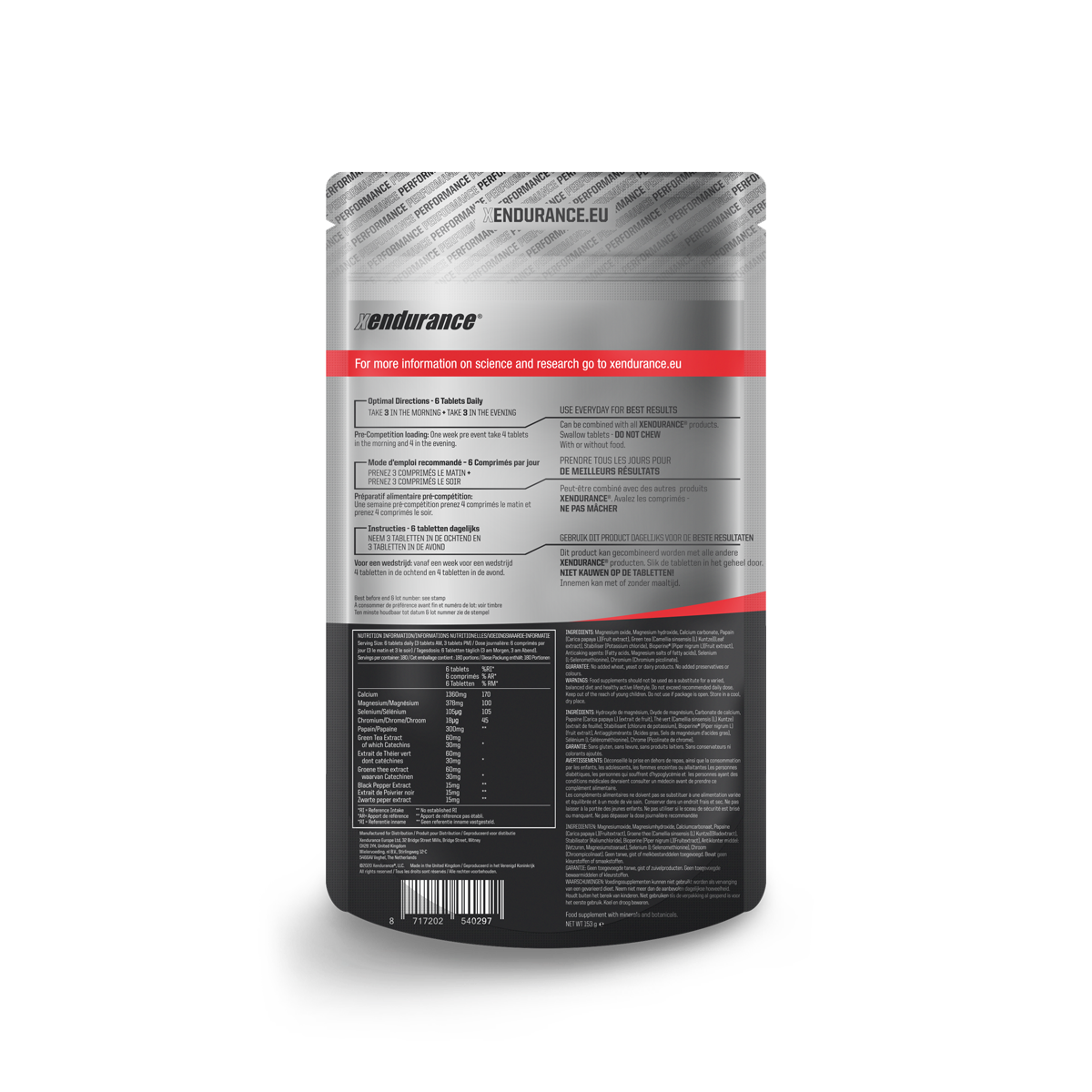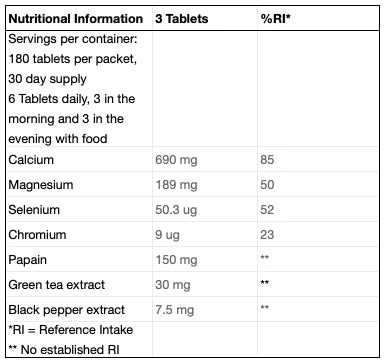The concept of counting macronutrients, also coined “macro dieting,” has gained traction in recent years for its ability to help people lose fat, build lean muscle and develop healthier eating habits. The concept behind counting macros, however, has been around for decades, starting with athletes and eventually becoming popularized through social media and fitness influencers.
So what is macro counting and how does it work?
Macronutrients are nutrients that your body requires in large amounts, which can be broken down into three groups: carbohydrates, protein and fats. Because each of these are essential for basic functioning and survival, ensuring you’re consuming the right amount of each not only influences your body composition, but also can affect your energy level, appetite and athletic performance.
Unlike simple calorie counting, macro counting shifts the focus from caloric intake to nutrient intake (though calories still come into play). For example, in 20 grams of protein, you’re consuming about 80 calories of protein. By knowing these basic conversions for all three macronutrient groups, you can easily calculate your daily calorie and macronutrient intake.
What are the pros?
The primary benefit of macro counting is making sure all of your body’s macronutrient needs are being met. However, the macro diet has been embraced widely for its ability to cater to a variety of fitness and health goals. Whether you’re looking to lose weight, gain muscle or simply embrace a healthier lifestyle, macro diets can be catered to you as an individual, including your personal objectives.
For elite athletes, macro counting is a somewhat essential way to manage their energy levels and keep their bodies competition-ready. Others may find that macro counting provides a sense of structure while still giving them some freedom to choose what they eat, which can ultimately help them develop autonomy over their body and nutritional choices.
And what are the cons?
Counting macros requires some work and thoughtful planning, which is why it’s not for everyone. Measuring serving sizes, reading nutrition labels and making notes on menu items when eating out are all part of the macro-counting process. Luckily, the more you do it, the easier and more familiar the process gets.









